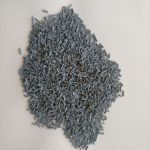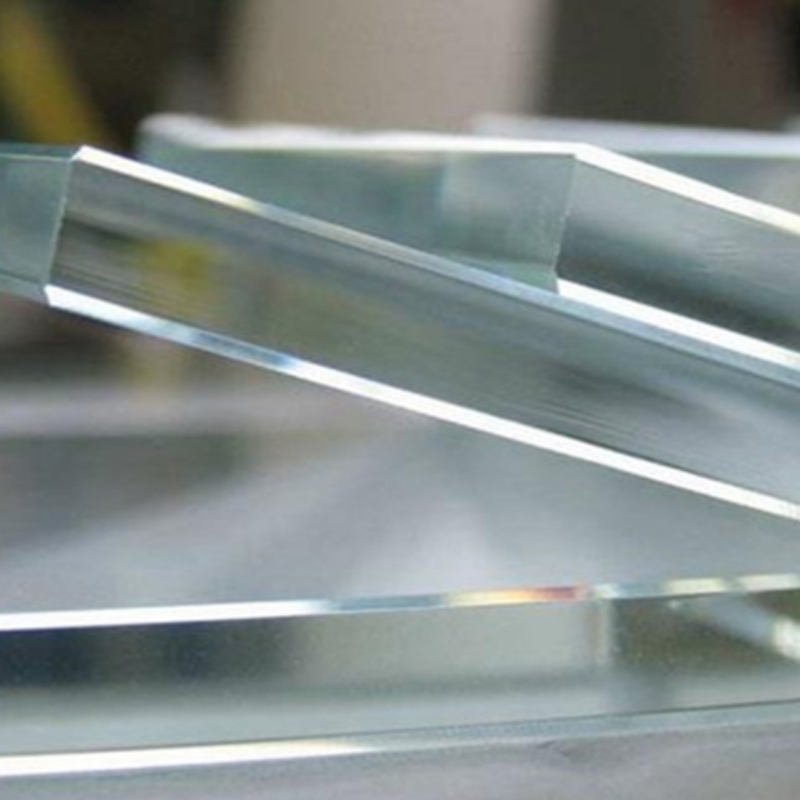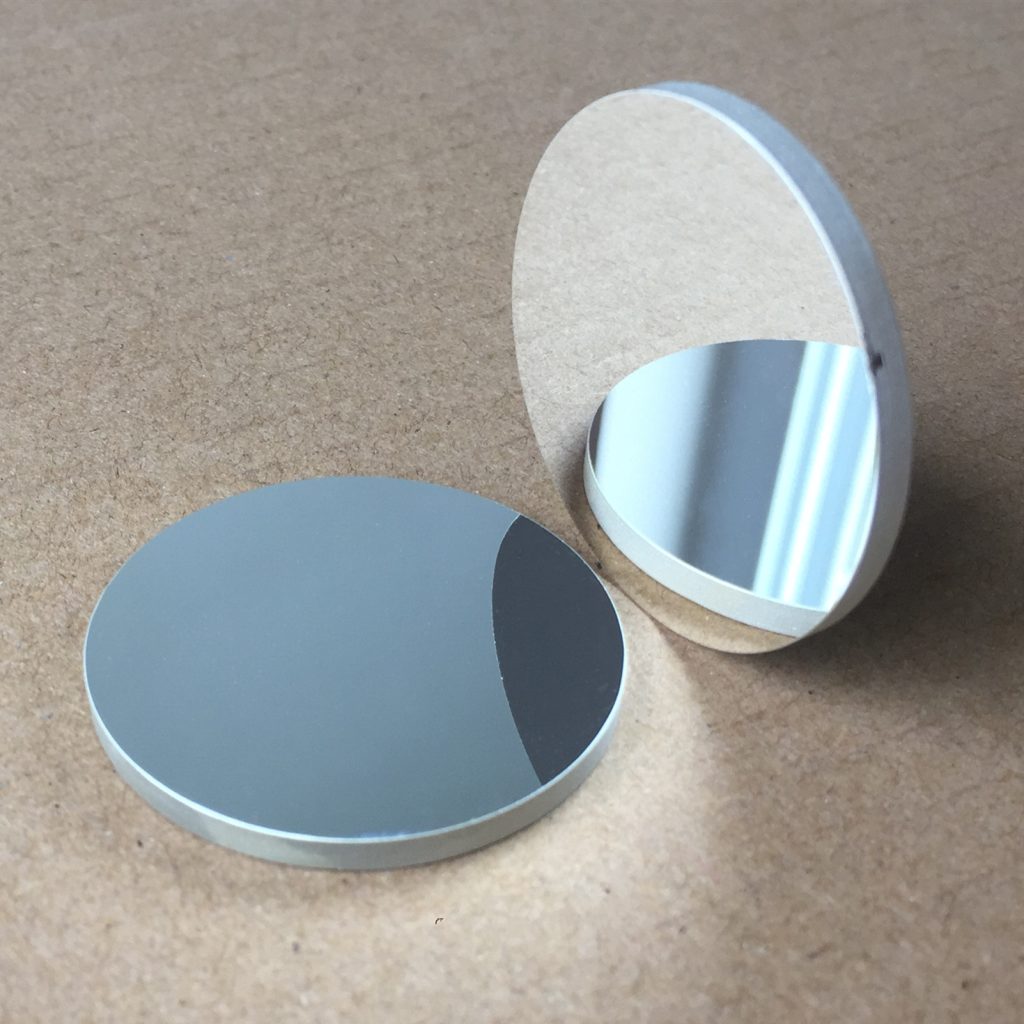MNC hydrotreating catalyst is a high-performance catalytic material designed for selective hydroprocessing applications, ensuring efficient removal of sulfur, nitrogen, and other impurities from petroleum feedstocks. Engineered with advanced metal-supported formulations, it enhances hydrogenation efficiency, improves fuel quality, and extends operational lifespan for industrial refining processes. This catalyst is widely used in fuel upgrading, petrochemical refining, and environmental compliance solutions, delivering reliable performance in controlled hydrotreating environments.
Product Overview
This hydrotreating catalyst uses alumina and additives as the support and contains active components such as molybdenum, nickel, and cobalt. It is specifically designed for the second-stage hydrogenation of cracked gasoline and the pre-hydrogenation process in reforming. The catalyst features uniformly dispersed active components that are easy to sulfurize and have high hydrogenation activity, effectively improving the hydrotreating performance. Additionally, the catalyst has excellent compressive strength and abrasion resistance, making it suitable for high-load and high-strength industrial environments, ensuring long-term stable catalytic performance.
Key Features
- High Hydrogenation Activity: The catalyst activates reactions rapidly during efficient hydrogenation, improving product quality.
- Uniformly Dispersed Active Components: The active components are evenly distributed, ensuring easy sulfurization and more stable catalytic performance.
- Excellent Compressive Strength and Wear Resistance: With high compressive strength and wear resistance, the catalyst is suitable for high-pressure environments and extends its service life.
- Efficient and Stable Performance: The catalyst is designed for long-term, high-load industrial operations, maintaining excellent stability and sustained efficiency.
Applications
- Second-Stage Hydrogenation of Cracked Gasoline: Used for the second-stage hydrogenation of cracked gasoline, effectively removing sulfur, nitrogen, aromatics, and other impurities to improve gasoline quality.
- Pre-Hydrogenation in Reforming: Suitable for pre-hydrogenation of feedstock in the reforming process, improving feedstock quality and enhancing the efficiency of subsequent reforming processes.
| Physical and Chemical Properties | |
| Property Name | Specification |
| Appearance | Clover-shaped strips |
| Specific Surface Area (m²/g) | ≥140 |
| Size (mm) | ∮1.4-1.6 |
| Chemical Composition | Mo-Co-Ni-Additive-Al₂O₃ |
| Radial Crushing Strength (N/cm) | ≥120 |
| Bulk Density (kg/L) | ≥0.70 |
| Active Component Content | ≥16.6 |
| Pore Volume (mL/g) | ≥0.3 |
| Process Condition | Specification |
| Hydrogen Partial Pressure (MPa) | 4.5 |
| Reactor Inlet Temperature (℃) | 220 |
| Space Velocity (hr⁻¹) | 2.0-3.0 |
| Hydrogen/Oil Volume Ratio (V/V) | 300 |
| Feedstock | One-stage hydrogenated cracked gasoline, Diene value ≤ 3.0gI₂/100g |
| Product Oil | Bromine value ≤ 0.5g Br₂/100g |
 new material
new material








